

Will Rogers Museum
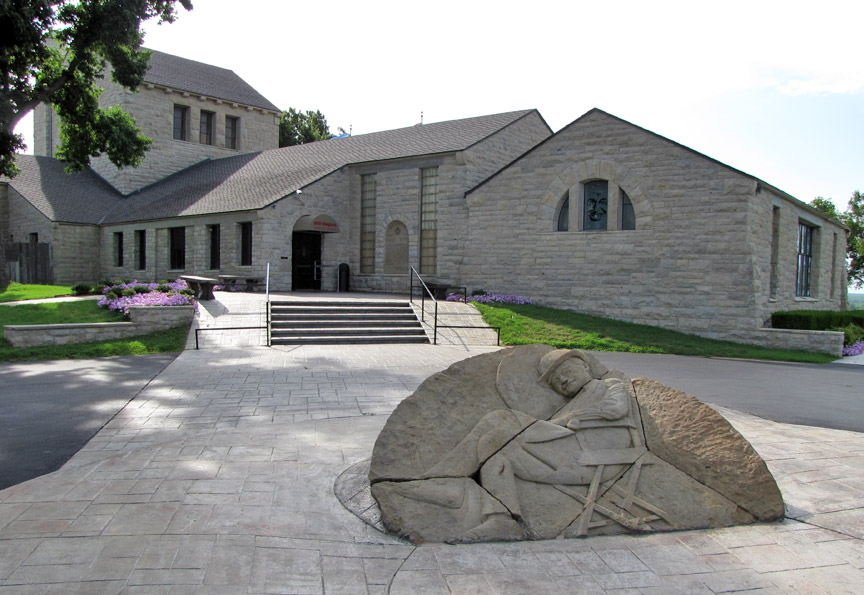
Will Rogers Museum
William Penn Adair “Will” Rogers (November 4, 1879 – August 15, 1935) was a Cherokee-American cowboy, comedian, humorist, social commentator, vaudeville performer and actor. He was the father of U.S. Congressman and WWII Veteran Will Rogers, Jr.
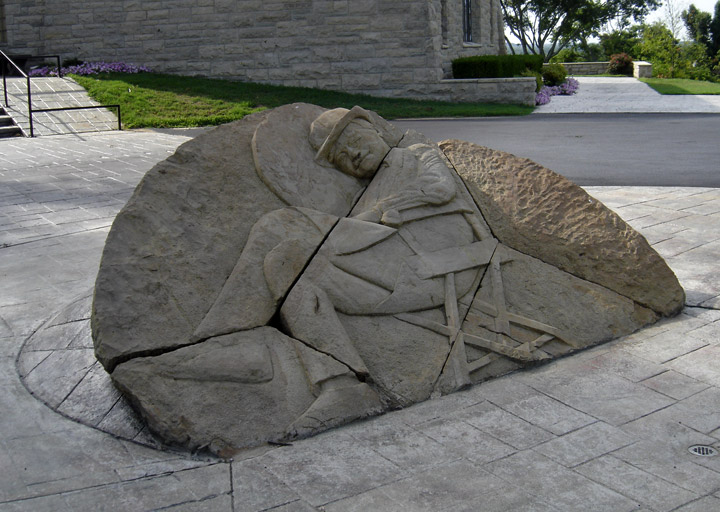
Known as Oklahoma's favorite son, Rogers was born to a prominent Indian
Territory family. He traveled around the world three times, made 71 movies (50
silent films and 21 "talkies"), wrote more than 4,000 nationally-syndicated
newspaper columns, and became a world-famous figure.
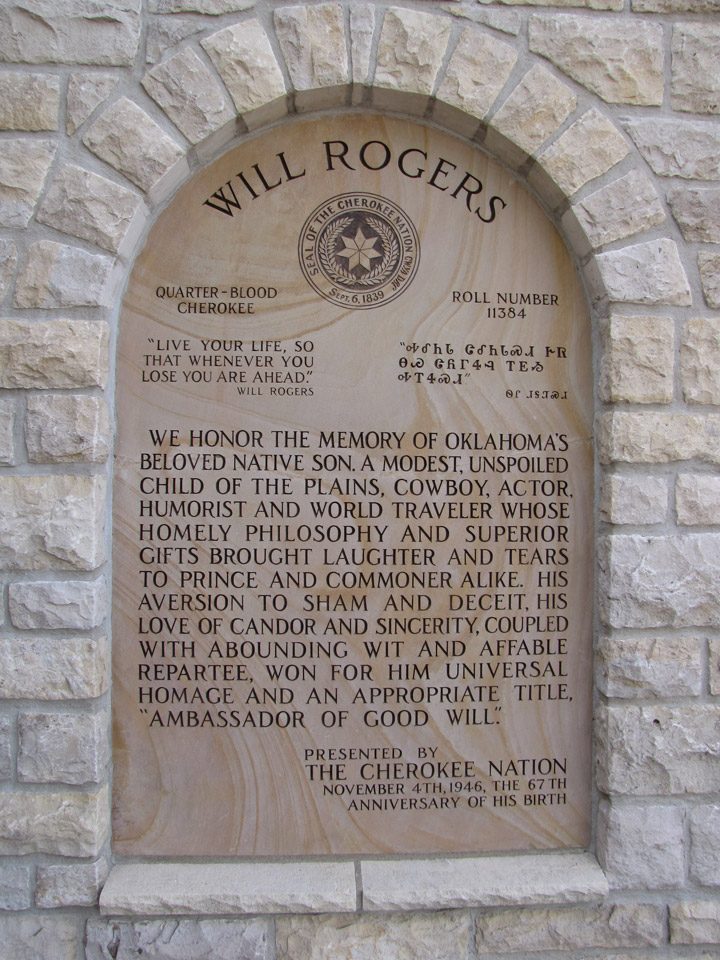
By the mid-1930s, Rogers was adored by the American people, and was the top-paid
movie star in Hollywood at the time. Rogers died in 1935 while on an
around-the-world trip with aviator Wiley Post, when their small
airplane crashed
near Barrow, Alaska Territory.
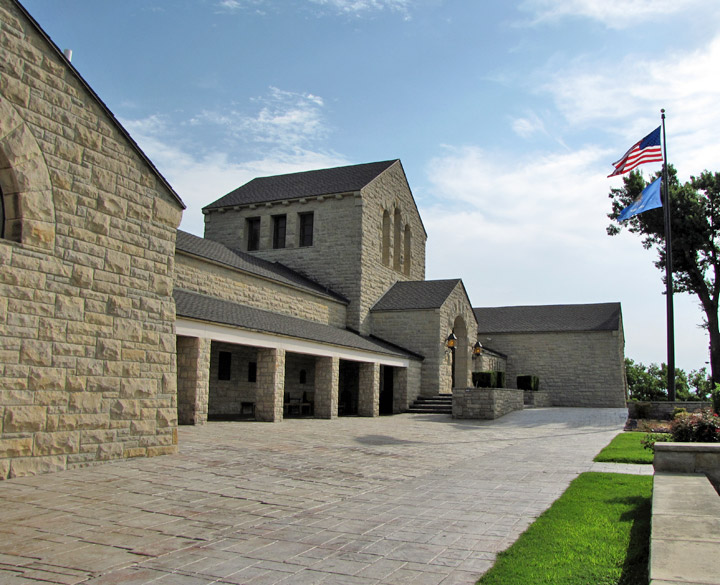
Will Rogers was born on the Dog Iron Ranch in Indian Territory, near present-day
Oologah, Oklahoma.

Will Roger's Birthhouse
More Photos of the "White House on the Verdigris River."
The house he was born in had been built in 1875 and was known as the "White House on the Verdigris River." His parents, Clement Vann Rogers (1839–1911) and Mary America Schrimsher (1838–1890), were each of part Cherokee heritage, and Rogers himself was 9/32s Cherokee. Rogers quipped that his ancestors didn't come over on the Mayflower but they "met the boat." Clement Rogers was a distinguished figure in Indian Territory. A Cherokee senator and judge, he was a Confederate veteran and served as a delegate to the Oklahoma Constitutional Convention. Rogers County, Oklahoma is named in honor of Clement Rogers. Mary Rogers was quarter-Cherokee and hereditary member of the Paint Clan. She died when Will was 11, and his father remarried less than two years after her death.
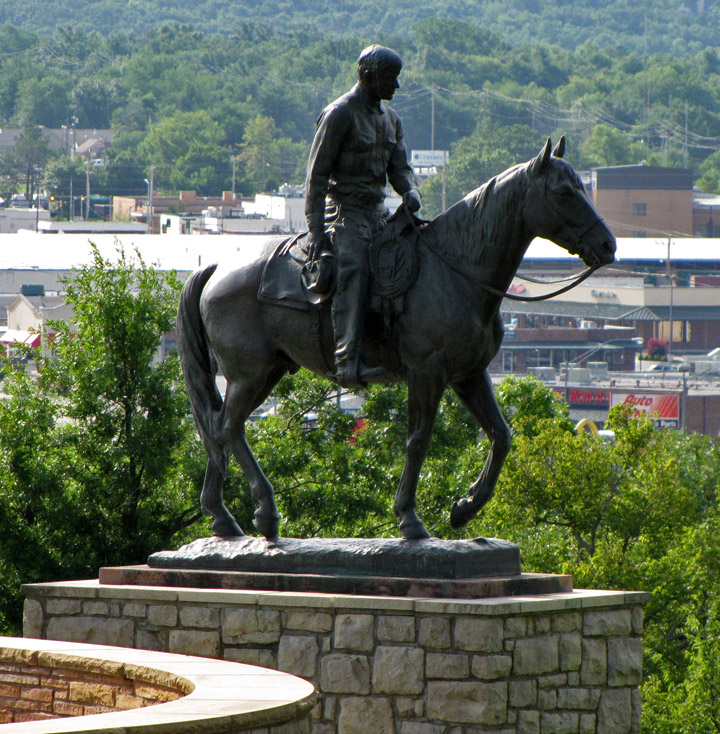
his statue standing over Claremore, Oklahoma
Rogers was the youngest of his parents' eight children. He was named for the Cherokee leader Col. William Penn Adair. Only three of his siblings, sisters Sallie Clementine, Maude Ethel, and May (Mary), survived into adulthood. The children attended Willow Hassel School in Neosho, Missouri, and later Kemper Military School in Boonville, Missouri. He ended his studies after the 10th grade. He admitted he was a poor student, saying that he "studied the Fourth Reader for ten years." He was much more interested in cowboys and horses, and learned to rope and use a lariat.
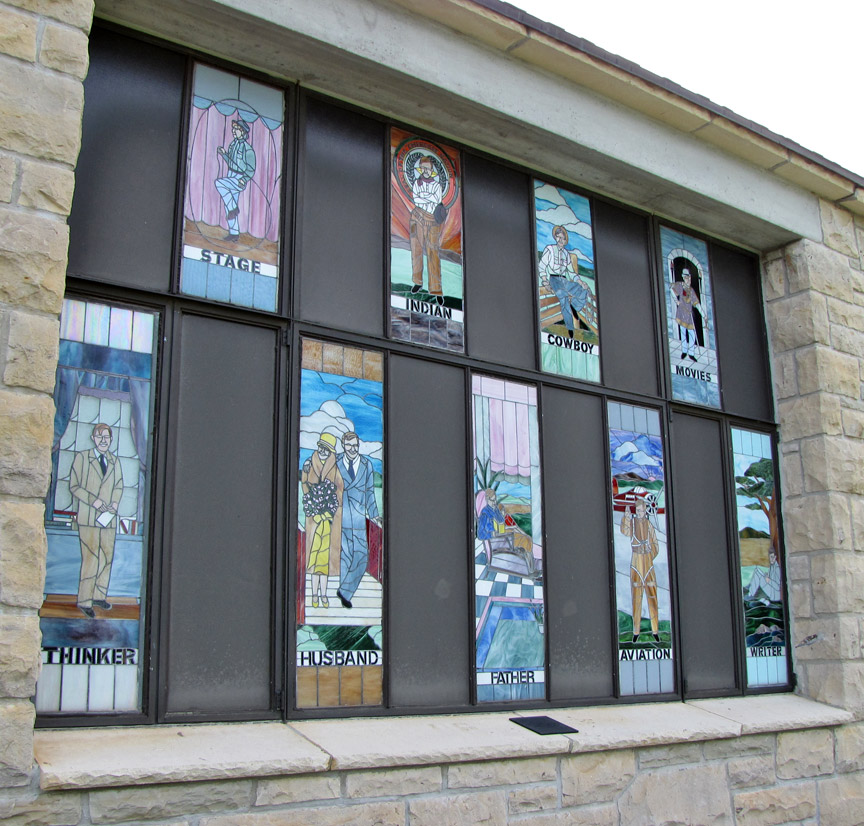
his life had many facets
After ending his brief formal studies, Rogers worked the Dog Iron Ranch for a few years. Near the end of 1901, he and a friend left home with aspirations to work as gauchos in Argentina. They made it to Argentina in May 1902, and spent five months trying to make it as ranch owners in the Argentine pampas. Unfortunately, Rogers and his partner lost all their money, and in his words, "I was ashamed to send home for more," so the two friends separated and Rogers sailed for South Africa. It is often claimed he took a job breaking in horses for the British Army, but the Boer War had ended three months earlier. Rogers actually got work at Piccione's ranch in Mooi River Station.
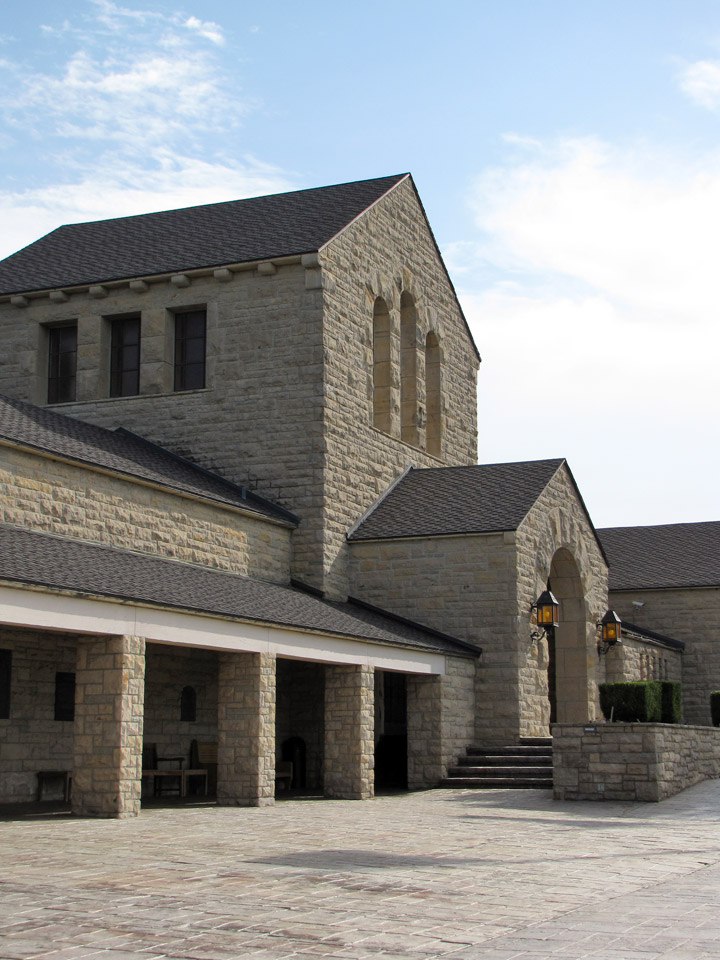
the museum
When the war ended and the British Army no longer required his service, he began his show business career as a trick roper in "Texas Jack's Wild West Circus":
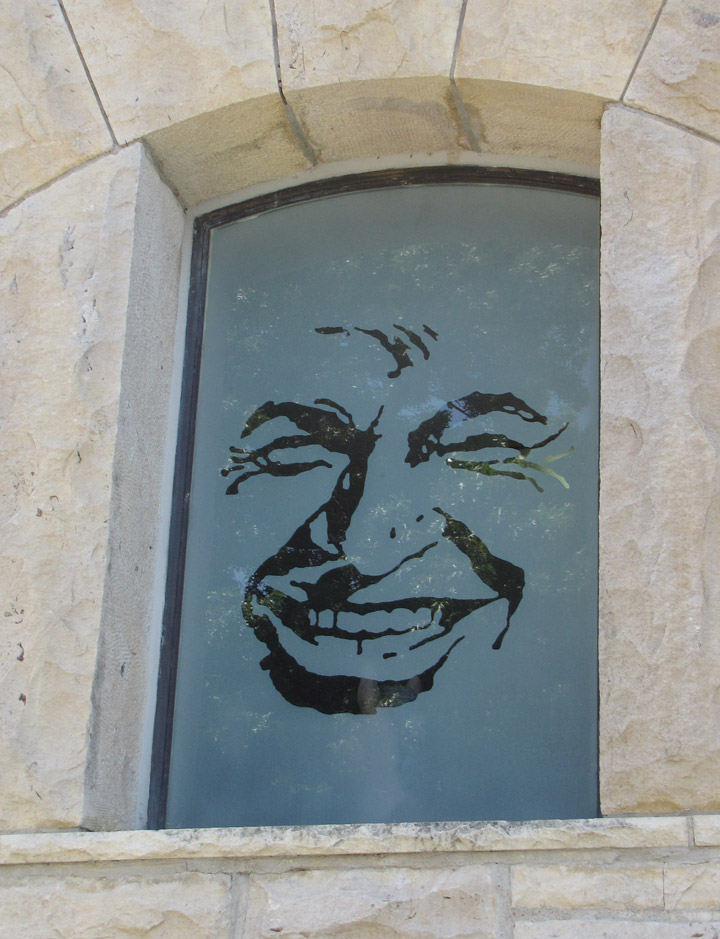
He (Texas Jack) had a little Wild West aggregation that visited the camps and
did a tremendous business. I did some roping and riding, and Jack, who was one
of the smartest showmen I ever knew, took a great interest in me. It was he who
gave me the idea for my original stage act with my pony. I learned a lot about
the show business from him. He could do a bum act with a rope that an ordinary
man couldn't get away with, and make the audience think it was great, so I used
to study him by the hour, and from him I learned the great secret of the show
business—knowing when to get off. It's the fellow who knows when to quit that
the audience wants more of.

as performer
Photos of Will Rogers as Showman
Grateful for the guidance but anxious to move on, Rogers quit the circus and went to Australia. Texas Jack gave him a reference letter for the Wirth Brothers Circus there, and Rogers continued to perform as a rider and trick roper, and worked on his pony act. He returned to the United States in 1904, and began to try his roping skills on the American vaudeville circuits.
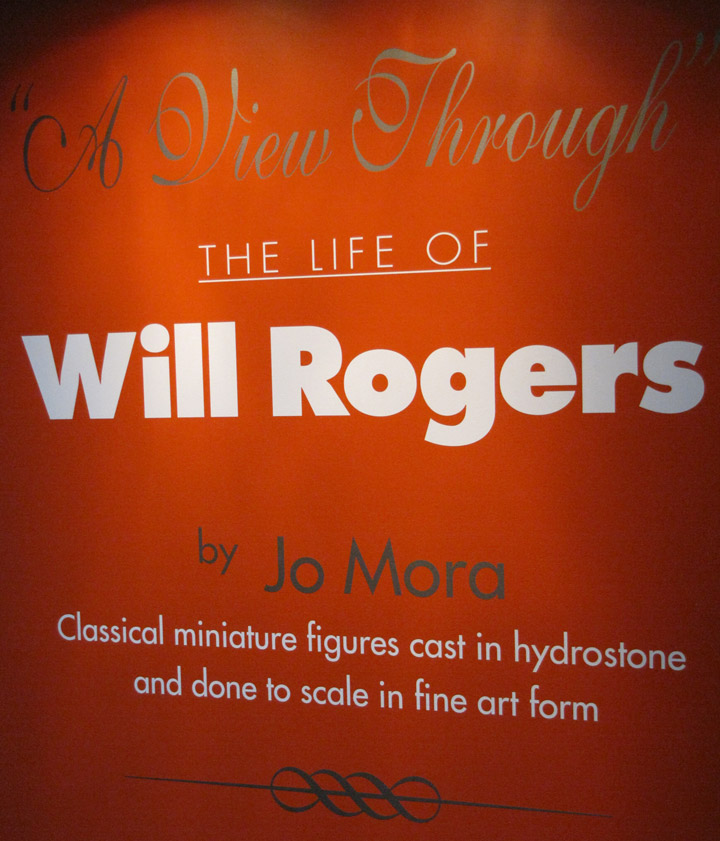
On a trip to New York City, Rogers was at Madison Square Garden when a wild
steer broke out of the arena and began to climb into the viewing stands. Rogers
quickly roped the steer to the delight of the crowd. The feat got front page
attention from the newspapers, giving him valuable publicity and an audience
eager to see more. William Hammerstein came to see his vaudeville act, and
quickly signed Rogers to appear on the Victoria Roof—which was literally on a
rooftop—with his pony. For the next decade, Rogers estimated he worked for fifty
weeks a year at the Roof and at the city's myriad vaudeville theaters.
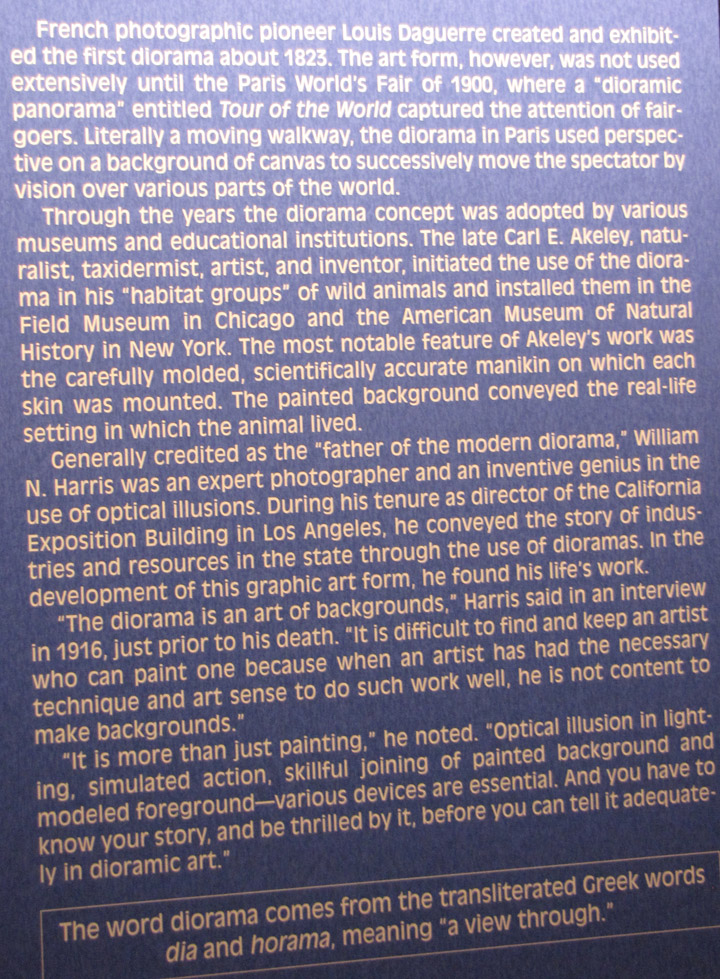
dioramas
In 1908, Rogers married Betty Blake, and the couple had four children: Will Rogers, Jr. (Bill), Mary Amelia (Mary), James Blake (Jim), and Fred Stone. Bill became a World War II hero, played his father in two films, and became a member of Congress. Mary became a Broadway actress, and Jim was a newspaperman and rancher; Fred died of diphtheria at age two. The family lived in New York, but they managed to make it home to Oklahoma during the summers. In 1911, Rogers bought a 20-acre (8.1 hectare) ranch near Claremore, Oklahoma, which he intended to use as his retirement home, for US$500 per acre.

Jo Mora crated the dioramas for the life of Will Rogers
In the fall of 1915, Rogers began to appear in Florenz Ziegfeld's Midnight Frolic. The variety revue began at midnight in the top-floor night club of Ziegfeld's New Amsterdam Theatre, and drew many influential—and regular—customers. By this time, Rogers had refined his act to a science. His monologues on the news of the day followed a similar routine every night. He appeared on stage in his cowboy outfit, nonchalantly twirling his lasso, and said, "Well, what shall I talk about? I ain't got anything funny to say. All I know is what I read in the papers." He then made jokes about what he had read in that day's news-papers. The line "All I know is what I read in the papers" is often incorrectly described as Rogers's most famous punch line, when it was in fact his opening line.
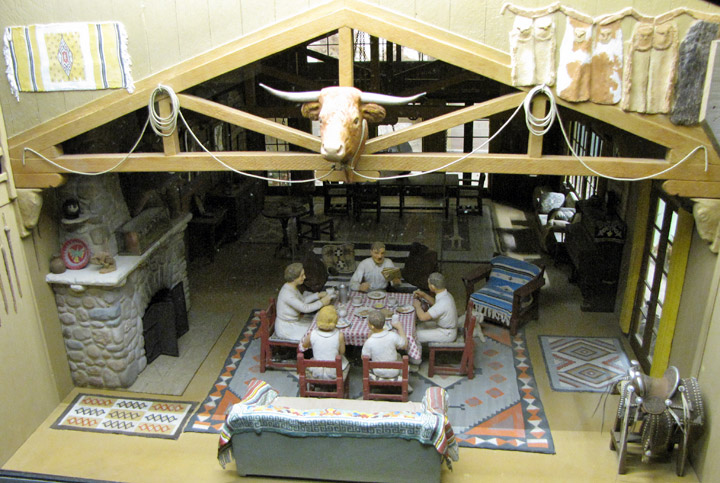
his home
This run at the New Amsterdam ran on into 1916, and Rogers's obvious popularity
led to an engagement on the more famous Ziegfeld Follies. Ziegfeld saw comedians
as mere 'stage-fillers' who entertained the audience while the stage was reset
for the next spectacle of beautiful girls in stunning costumes. Rogers managed
to not only hold his own, but achieved star status, with both his roping and his
precise satire on the daily news. An editorial in the The New York Times said
that "Will Rogers in the Follies is carrying on the tradition of Aristophanes,
and not unworthily." Rogers branched into silent films too, for Samuel Goldwyn's
company Goldwyn Pictures. He made his first silent movie, Laughing Bill Hyde,
filmed in Fort Lee, New Jersey, in 1918. Many early films were made near the
major New York performing market, so Rogers could make the film, yet still
rehearse and perform in the Follies. He eventually appeared in most of the
Follies from 1916 to 1925.
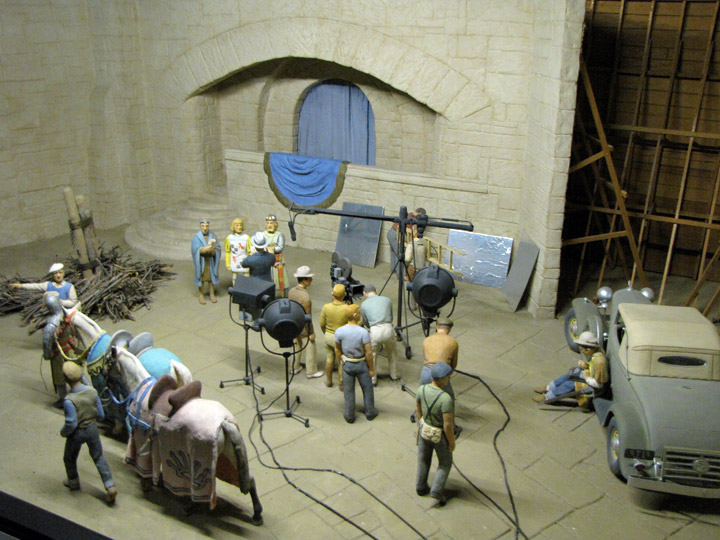
filming
This 1921 Vanity Fair caricature by Ralph Barton shows the famous people who, he imagined, left work each day in Hollywood; use cursor to identify individual figures.
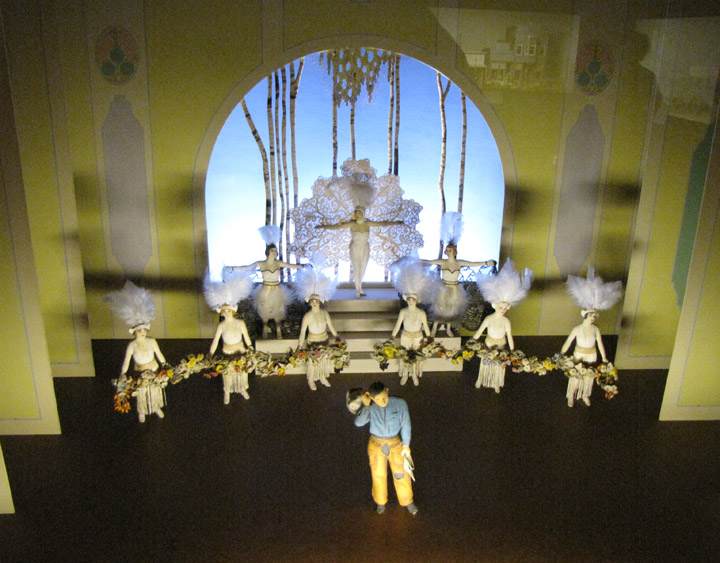
in the Follies
Rogers and his young family moved permanently to the West Coast in 1919, when Goldwyn Pictures moved to join the rise of filmmaking in California. During the same period of time Rogers made 12 silent movies for Goldwyn, until his contract ended in 1921, he was also making the Illiterate Digest film-strip series for the Gaumont Film Company.
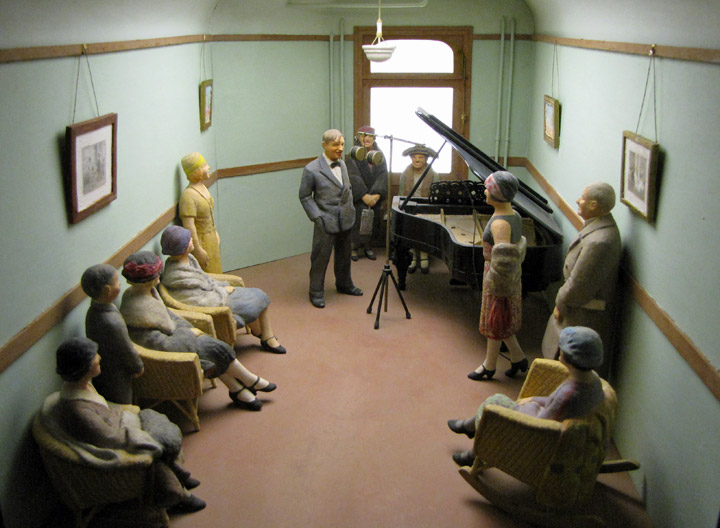
as a humorist
While Rogers enjoyed film acting, his appearances in silent movies suffered from the obvious restrictions of silence—not the strongest medium for him, having gained his fame as a commentator on stage. It helped somewhat that he wrote a good many of the title cards appearing in his films. In 1923, he began a one-year stint for Hal Roach and made 12 pictures. He made two other feature silents and a travelogue series in 1927, and did not return to the screen until his time in the 'talkies' began in 1929.
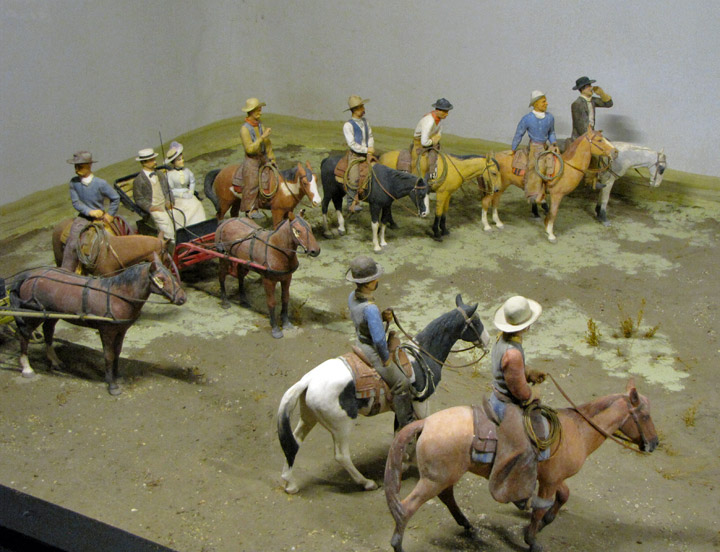
From 1929 to 1935, Rogers became the star of the Fox Film lot (now 20th Century
Fox). Far from being a "B-Movie" level performer,
Rogers appeared in 21 feature
films alongside such noted performers as Lew Ayres, Billie Burke, Richard
Cromwell, Jane Darwell, Andy Devine, Stepin Fetchit, Janet Gaynor, Rochelle
Hudson, Boris Karloff, Myrna Loy, Joel McCrea, Hattie McDaniel, Ray Milland,
Maureen O'Sullivan, ZaSu Pitts, Dick Powell, Bill "Bojangles" Robinson, Mickey
Rooney, and Peggy Wood. He was directed three times by John Ford.
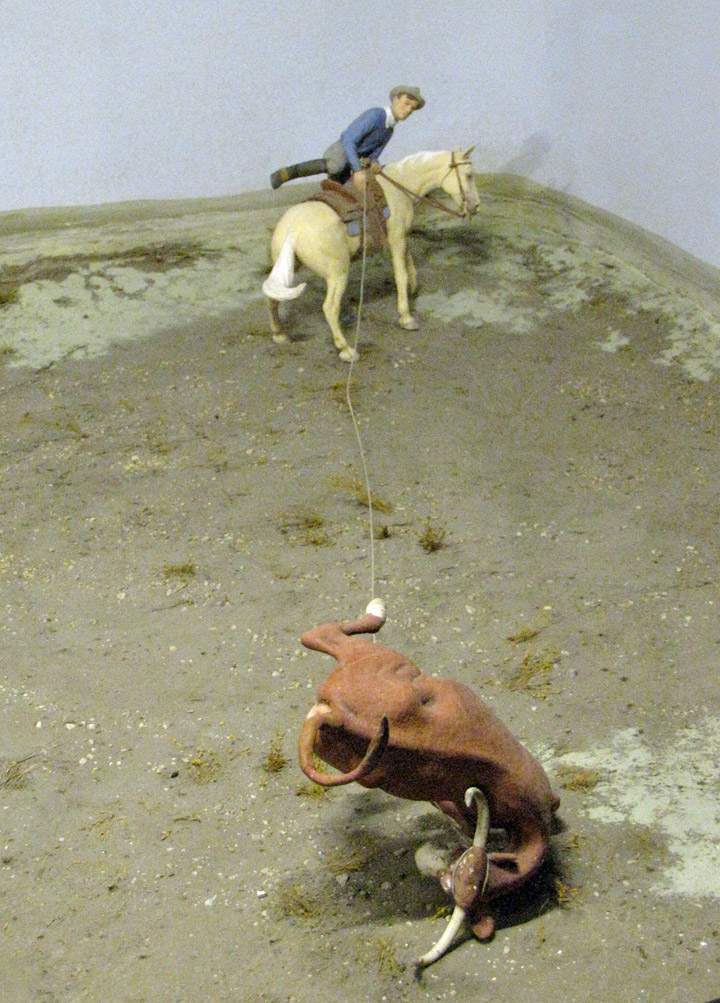
With his voice becoming increasingly familiar to audiences, he was able to
basically play himself, without normal makeup, in each film, managing to ad-lib
and even work in his familiar commentaries on politics at times. The clean moral
tone of his films led to various public schools taking their classes, during the
school day, to attend special showings of some of them. His most unusual role
may have been in the first talking version of Mark Twain's novel A Connecticut
Yankee in King Arthur's Court. His popularity soared to new heights with films
including Young As You Feel, Judge Priest, and Life Begins at 40 with Richard
Cromwell and Rochelle Hudson.
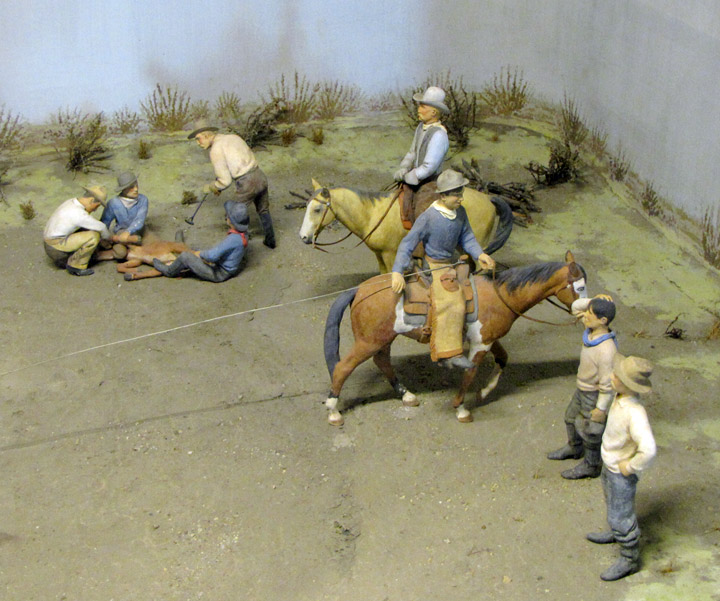
branding
Rogers began a weekly column, titled "Slipping the Lariat Over," at the end of 1922. He had already published a book of wisecracks and had begun a steady stream of humor books. Through the continuing series of columns for the McNaught Syndicate between 1922 and 1935, as well as in his personal appearances and radio broadcasts, he won the loving admiration of the American people, poking jibes in witty ways at the issues of the day and prominent people—often politicians. He wrote from a non-partisan point of view and became a friend of presidents and a confidant of the great. Loved for his cool mind and warm heart, he was often considered the successor to such greats as Artemus Ward and Mark Twain. Rogers was not the first entertainer to use political humor before his audience. Other's such as Broadway comedian Raymond Hitchcock and Britain's Sir Harry Lauder precede him by several years. The legendary Bob Hope is the best known political humorist to follow Rogers example.

roping
From 1925 to 1928, Rogers traveled the length and breadth of the United States in a "lecture tour". (He began his lectures by pointing out that "A humorist entertains, and a lecturer annoys!") During this time he became the first civilian to fly from coast to coast with pilots flying the mail in early air mail flights. The National Press Club dubbed him "Ambassador at Large of the United States." He visited Mexico City with Charles Lindbergh as a guest of U.S. Ambassador Dwight Morrow, whose daughter Anne later married Lindbergh. In subsequent years, Rogers gave numerous after-dinner speeches, became a popular convention speaker, and gave dozens of benefits for victims of floods, droughts, or earthquakes. In 1928 he ran for President of the United States. From 1930 to 1935, he made radio broadcasts for the Gulf Oil Company. This weekly Sunday evening show, The Gulf Headliners, ranked among the top radio programs in the country. Since he easily rambled from one subject to another, reacting to his studio audience, he often lost track of the half-hour time limit in his earliest broadcasts, and was cut off in mid-sentence. To correct this, he brought in a wind-up alarm clock, and its on-air buzzing alerted him to begin wrapping up his comments. By 1935, his show was being announced as "Will Rogers and his famous Alarm Clock."
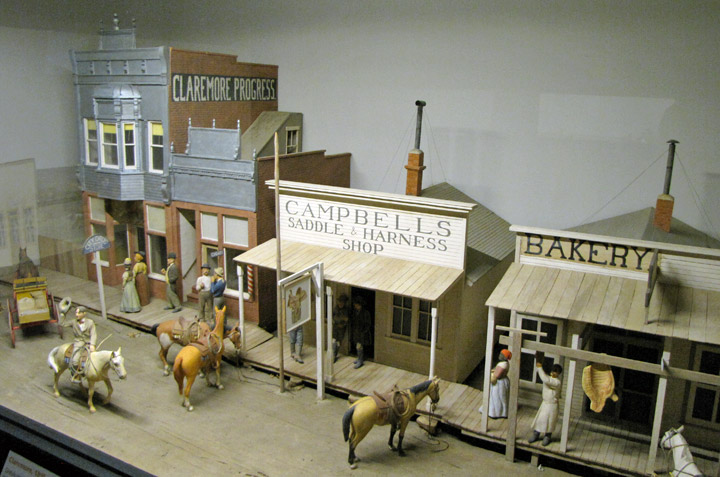
action movie
He made a trip to the Orient in 1931 and to Central and South America the following year. In 1934, he made a globe-girdling tour and returned to play the lead in Eugene O'Neill's stage play Ah, Wilderness! He had tentatively agreed to go on loan from Fox to MGM to star in the 1935 movie version of the play; however, his concern over a fan's reaction to the 'facts-of-life' talk between his character and its son caused him to decline the role—and that freed his schedule to allow him to fly with Wiley Post that summer.
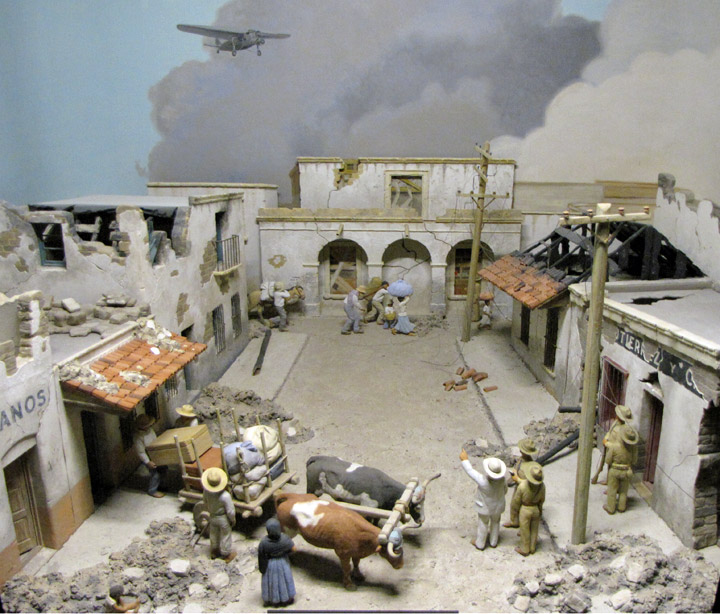
In 1934, Rogers hosted the 6th Annual Academy Awards Ceremony, held at the
Fiesta Room of the Ambassador Hotel in Los Angeles. At the same time, he also
began writing a popular syndicated short item called "Will Rogers Says".
Literally a telegram which he composed daily to address each day's news, it
often appeared on the front pages of its subscribing papers. He identified with
the Democratic Party, saying "I'm not a member of any organized party. I'm a
Democrat," and was a vocal supporter of Franklin D. Roosevelt. At one point, he
was even asked to run for governor of Oklahoma, the party hoping to benefit from
his immense popularity.
"I never yet met a man that I didn't like"
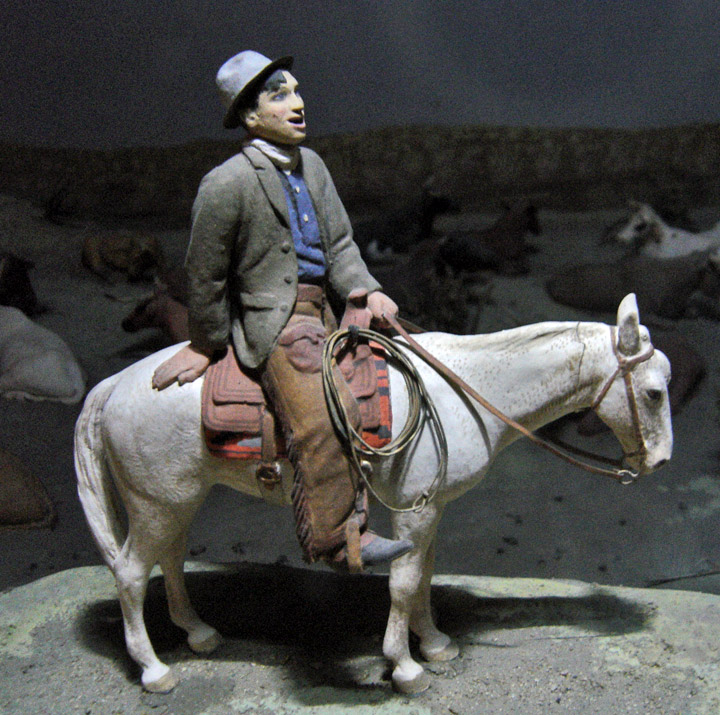
as lonesome cowboy
One of Will Rogers's most famous lines, "I have never yet met a man that I
dident like," was part of a longer quotation and it originally referred to Leon
Trotsky:
“ I bet you if I had met him and had a chat with him, I would have found him a
very interesting and human fellow, for I never yet met a man that I dident
like. When you meet people, no matter what opinion you might have formed about
them beforehand, why, after you meet them and see their angle and their
personality, why, you can see a lot of good in all of them.
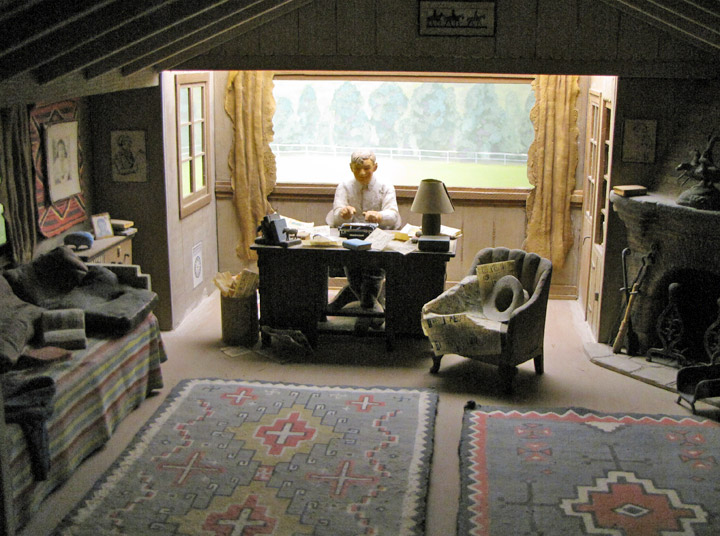
his office
Rogers' "I never yet met a man that I didn't like" (when referred to, the word "yet" is often omitted and the spelling corrected) became one of his signature quotes, and he often repeated it at his public performances. Rogers, however, may not have always lived up to his altruistic quote, according to author William Morris, who in his book the Dictionary of Word and Phrase Origins (1988), wrote this story.
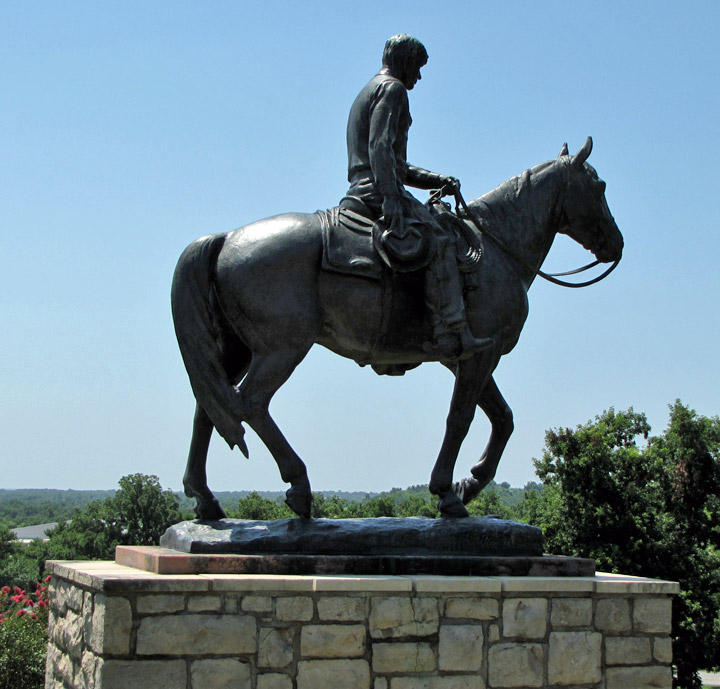
riding off into the sunset
Not long before his death, H. Allen Smith, himself one the great humorists of this century, recounted his first meeting with Will Rogers. Smith was a cub reporter at the time, assigned to cover a rodeo. He and several other young reporters were enjoying a pleasant session of light banter in the press box when it occurred to Smith that it would be interesting if Rogers would join them for a moment or two. So he approached Rogers, saying that they would consider it a great honor if he would visit with them. Rogers's reply was, "Get lost, kid!"
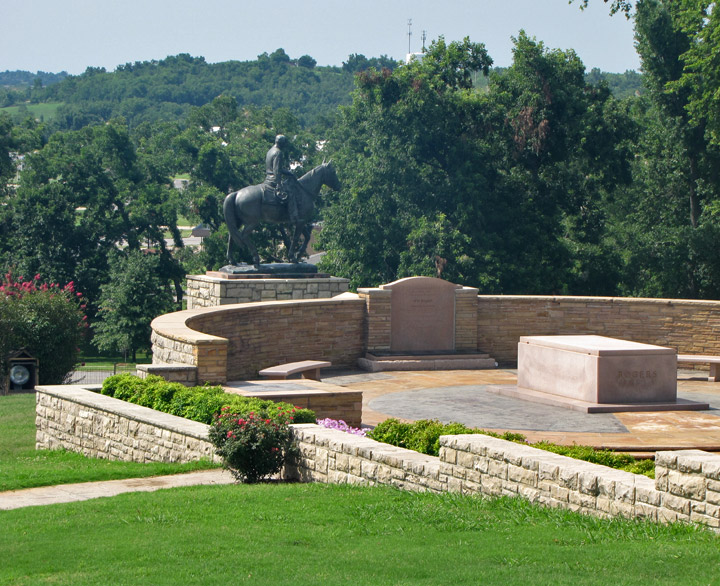
on the ranch he purchased in Claremore
An avid booster of aviation, Rogers undertook a flight around Earth with a fellow Oklahoman, renowned aviator Wiley Post, in the summer of 1935. Post's plane, an experimental and nose-heavy hybrid of Lockheed Explorer and Orion, crashed south of Barrow, Alaska, on August 15, 1935 when its engine failed on take-off, killing both men.
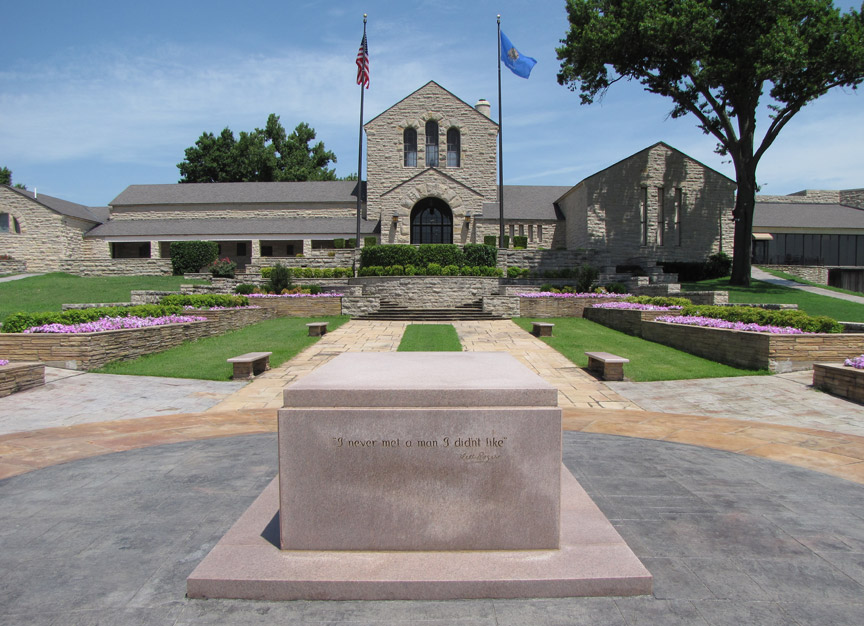
Will Rogers Grave site
in front of the museum
It may be difficult, with the passage of time, to fully comprehend the extraordinary place Rogers held in the minds and hearts of the U.S. people at the time of his death. The out-pouring of national grief over Rogers's passing is generally regarded to be the greatest such show of national mourning since the death of Lincoln some seven decades earlier.. He was the nation's most widely read news-paper columnist, in the form of his daily "Will Rogers Says" telegrams and in his weekly column; his Sunday night half-hour radio show, The Gulf Headliners, was the nation's most-listened-to weekly broadcast; and he had been the nation's #2 movie box office draw in 1933 (behind Marie Dressler) and #1 in 1934, ranking 2nd at the time of his death in 1935 only to Shirley Temple.
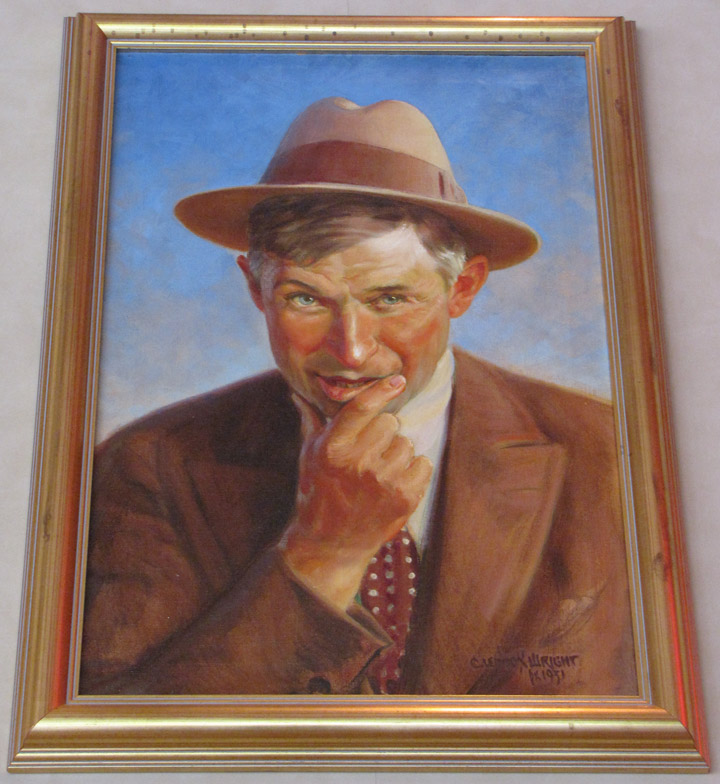
the thinker
One of Oklahoma's two statues in the National Statuary Hall Collection, housed in the United States Capitol, is of Rogers. The work was paid for by a state appropriation and was sculpted in clay by Jo Davidson, a close friend of Rogers whom he nicknamed the "headhunter" because Davidson was always looking for heads to sculpt, then cast in bronze in Brussels, Belgium. Dedicated on June 6, 1939 before a crowd of more than 2,000 people, the statue faces the floor entrance of the House of Representatives Chamber next to National Statuary Hall. The Architect of the Capitol, David Lynn, said there had never been such a large ceremony or crowd in the Capitol.
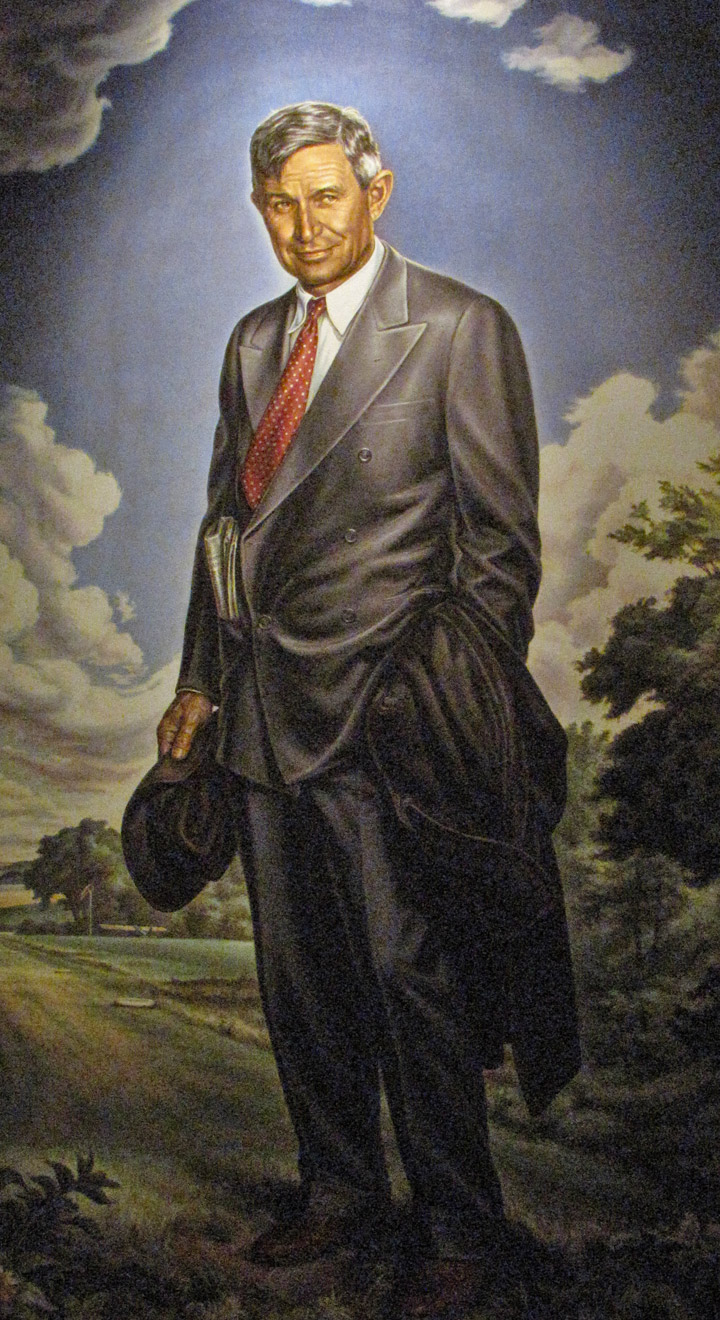
Oklahoma leaders asked Rogers to represent the state as one of their two statues
in the Capitol, and Rogers agreed on the condition that his image would be
placed facing the House Chamber, supposedly so he could "keep an eye on
Congress." Of the statues in this part of the Capitol, the Rogers sculpture is
the only one facing the Chamber entrance. According to guides at the Capitol,
each President rubs the left shoe of the Rogers statue for good luck before
entering the House Chamber to give the State of the Union Address.
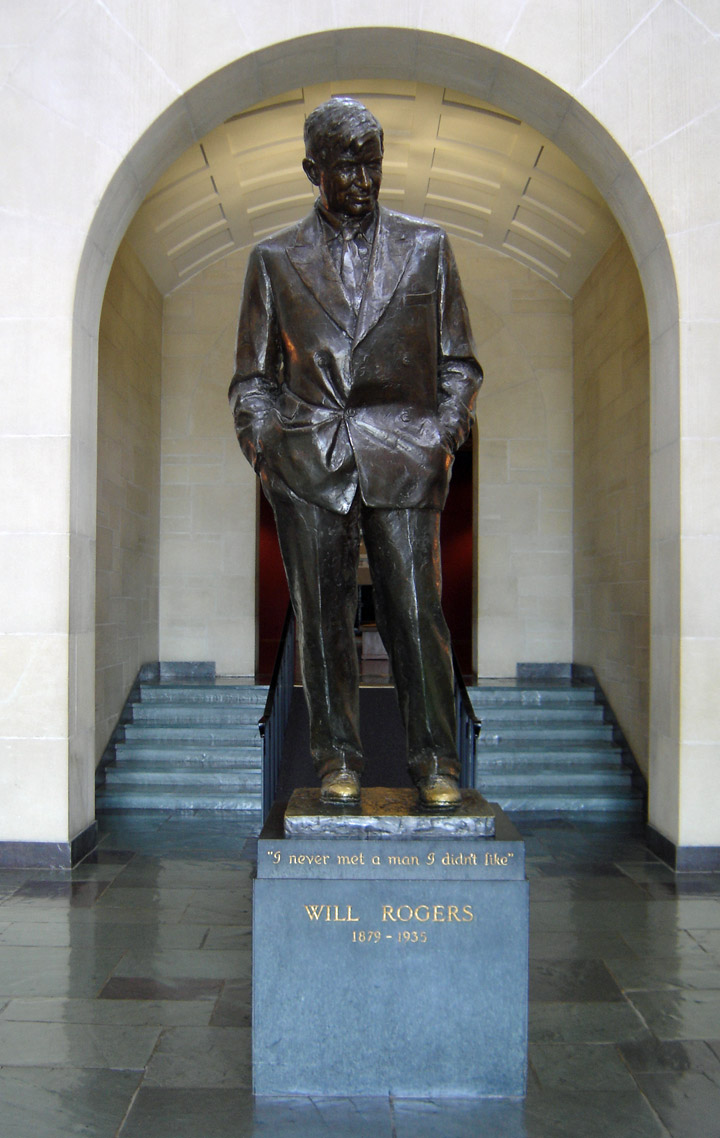
Oklahoma has named many places and buildings for Rogers. His birthplace is
located two miles east of Oologah, Oklahoma. The house itself was moved about ¾
mile (1.2 km) to its present location overlooking its original site when the
Verdigris River valley was flooded to create Oologah Lake. The family tomb is at
the Will Rogers Memorial Museum in nearby Claremore, which stands on the site
purchased by Rogers in 1911 for his retirement home. In 1944, Rogers's body was
moved from a holding vault in California to the tomb; his wife Betty was
interred beside him later that year upon her death. A casting of the Davidson
sculpture that stands in National Statuary Hall, paid for by Davidson
personally, resides at the museum. Both the birthplace and the museum are open
to the public.
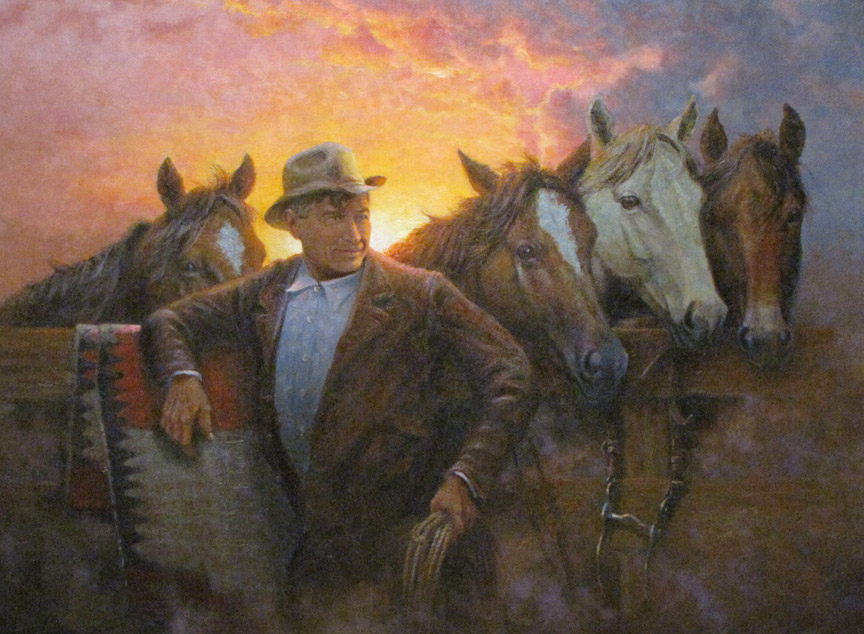
Will Rogers World Airport in Oklahoma City was named for him, as was the Will
Rogers Turnpike, also known as the section of Interstate 44 between Tulsa and
Joplin, Missouri. Near Vinita, Oklahoma, a statue of Rogers stands outside the
west anchor of the McDonald's that spans both lanes of the interstate. A recent
expansion and renovation of the Will Rogers World Airport includes a statue of
Will Rogers on horseback in front of the terminal.
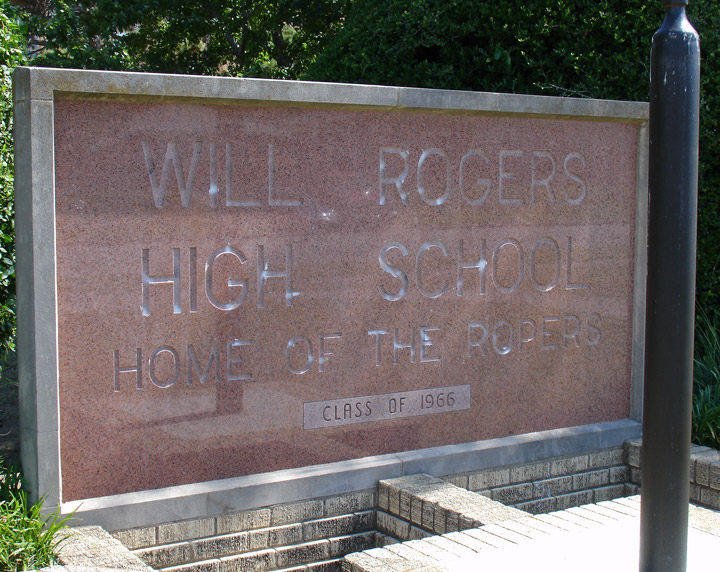
Will Rogers High School in Tulsa.
More Photos of Will Rogers High School in Tulsa.
There are 13 public schools in Oklahoma named Will Rogers, including Will Rogers High School in Tulsa. The University of Oklahoma named the large Will Rogers Room in the student union for him, as did the Boy Scouts of America with the Will Rogers Council and the Will Rogers Scout Reservation near Cleveland.
Text from Wikipedia